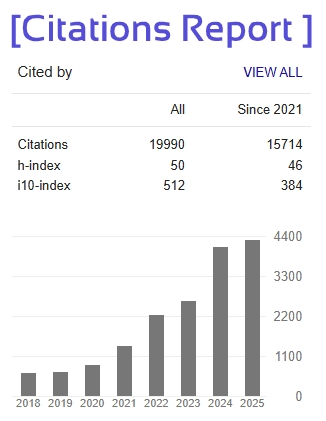Optimizing Food Supply Chain System by Machine Learning Algorithms
D. Mukesh Kumar¹, P. Nanda Kishore², Mohamed Safrith3, A. Thiruneelakandan4
4. Assistant Professor, Department of Computer Science and Engineering, 1,2,3, Student, Department of Computer Science and Engineering with Specialization in Big Data Analytics
1,2,3,4 SRM Institute of Science and Technology, Ramapuram, Chennai, India
1dk2845@srmist.edu.in, 2pk1437@srmist.edu.in , 3ms4370@srmist.edu.in, 4thirunea@srmist.edu.in
Abstract— This project proposes a machine learning (ML)-driven supply chain optimization system tailored for a fast-food company managing multiple retail outlets within a city. The framework addresses the challenge of dynamically distributing perishable and non-perishable items from a central warehouse to individual outlets based on real-time demand, aiming to minimize waste, reduce stockouts, and streamline logistics. By analysing outlet-specific sales histories, seasonal trends, and local events (e.g., festivals, weather), Long Short-Term Memory (LSTM) networks generate granular demand forecasts for each item at every outlet. K-means clustering categorizes products into demand-frequency groups (high, medium, low), enabling prioritized inventory allocation. A reinforcement learning (RL)-based decision engine optimizes warehouse-to-outlet replenishment schedules, balancing factors such as shelf-life constraints, storage costs, and delivery capacity. For high-demand items, the system triggers frequent, smaller deliveries to ensure freshness and availability, while low-demand items follow just-in-time restocking to avoid overstocking. Graph Neural Networks (GNNs) optimize delivery routes by analysing real-time traffic, fuel costs, and outlet priority, ensuring efficient fleet utilization. IoT sensors embedded in warehouse storage and delivery vehicles monitor product conditions (e.g., temperature, humidity) to mitigate spoilage risks. The integration of computer vision (via CNNs) automates inventory tracking at outlets, using camera systems to count stock levels and detect product quality degradation. A centralized dashboard aggregates sales data, ML predictions, and logistics metrics, enabling managers to adjust strategies proactively. By aligning supply with hyper-local demand patterns, the system reduces excess inventory waste by up to 35% and cuts transportation costs through route consolidation. This approach not only enhances operational agility for individual outlets but also establishes a scalable blueprint for data-driven, waste-minimized supply chain management in the fast-food industry.
Keywords— Machine Learning, Supply Chain Optimization, Demand Forecasting, Reinforcement Learning, Graph Neural Networks, IoT Sensors, Computer Vision







